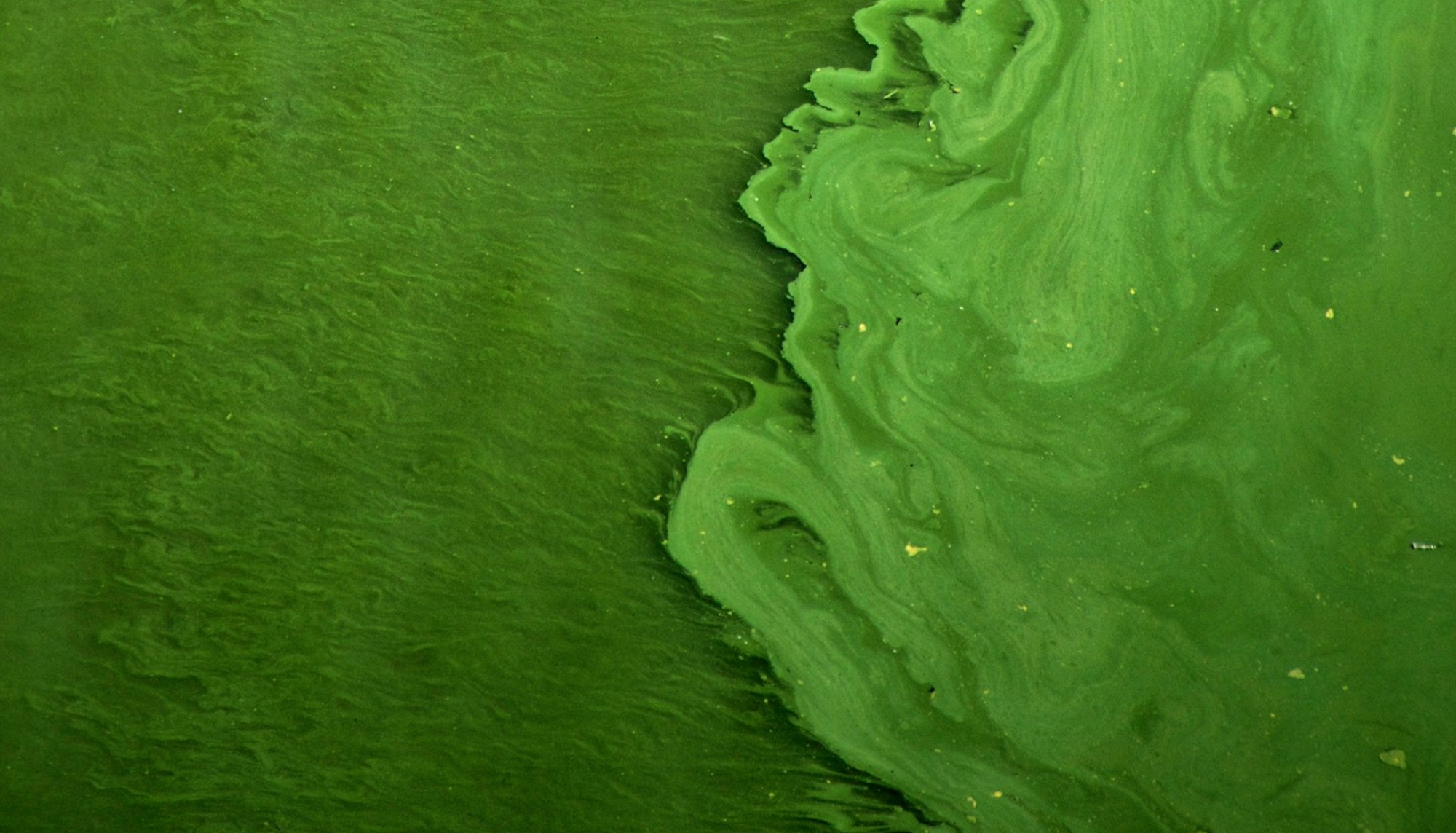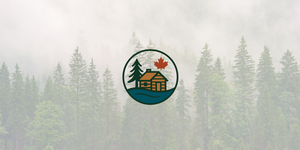Blue-green algae isn't actually algae at all - it's cyanobacteria, one of Earth's oldest life forms that poses an increasing threat to Canadian waters. These microscopic organisms can produce dangerous toxins that sicken people and kill pets, and they're blooming more frequently across the country as climate change accelerates their growth.

These bacteria are transforming our lakes and rivers into potential health hazards. The situation in Canada isn't new, and continues to worsen; over 10 years ago, Lake Winnipeg was declared the world's most threatened lake, with blooms covering over half its surface in some years.
The toxic truth

Cyanobacteria thrive in warm, nutrient-rich water, making them perfectly suited to exploit the conditions created by agricultural runoff and rising temperatures. When they bloom, these bacteria can produce several types of toxins, with microcystins being the most common in Canada.
These liver-damaging compounds are so stable they can persist for weeks after a bloom appears to dissipate, and can accumulate in lake foam.
The health risks are serious.
Humans who ingest contaminated water can experience symptoms ranging from skin irritation and stomach upset to liver damage. Children face higher risks due to their lower body weight and tendency to swallow more water while swimming. But it's our pets, particularly dogs, who face the gravest danger. Canine deaths from blue-green algae exposure occur every year in Canada, sometimes within hours of contact.
Recognizing danger in disguise


Two different forms of Blue-green algae, from Ontario.ca
Blue-green algae blooms often look like spilled green paint or pea soup floating on the water's surface, though they can also appear brown, red, or even purple. Fresh blooms may smell earthy or grassy, while older ones reek like rotting garbage.
Another form, benthic mats, grows on lake bottoms in shallow water and can wash ashore as dark, gelatinous masses that attract curious pets.
The critical fact to remember? You cannot determine if a bloom is toxic just by looking at it. All suspected blooms should be treated as potentially dangerous. If the water looks questionable, stay out - and keep your pets away too.
Protecting yourself and reporting problems

If you or your pet contact blue-green algae, rinse immediately with clean water. Remove and wash any contaminated clothing or equipment. Watch for symptoms like skin irritation, nausea, or breathing difficulties, and seek medical attention if they occur. For pets showing distress after water exposure, veterinary care is urgent as algae poisoning can be fatal within hours.
Report suspected blooms to your local public health unit. Some provinces even have dedicated hotlines, like Nova Scotia's 1-877-936-8476. Your reports help authorities track bloom patterns and issue timely warnings to protect public health.
The growing threat

Climate change is extending bloom seasons and expanding their geographic range. Federal guidelines set the safe limit at 10 micrograms per litre of microcystins for recreational waters, but many Canadian water bodies regularly exceed this threshold. Ontario has invested tens of millions in agricultural programs to reduce nutrient runoff, while the federal Sustainable Canadian Agricultural Partnership dedicates $3.5 billion through 2028 to address water quality among other priorities.
Recent developments underscore the urgency: just this week, a puppy died after swimming in an affected lake in British Columbia.
Satellite monitoring and new detection technologies offer hope for better early warning systems, but the fundamental solution requires reducing nutrient pollution while adapting to our warming climate.

For Canadians who love their lakes and rivers, vigilance has become part of the price of enjoyment. Check for advisories before swimming, learn to recognize potential blooms, and always err on the side of caution.
Our waters are changing, and staying safe means staying informed.






Join the Conversation